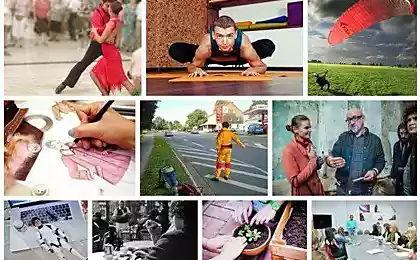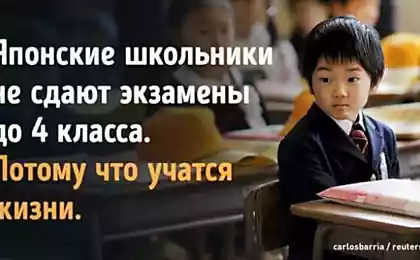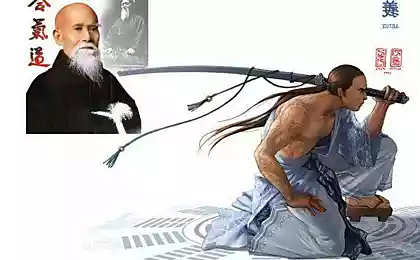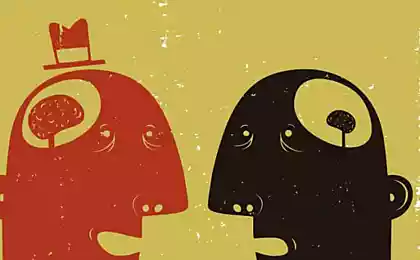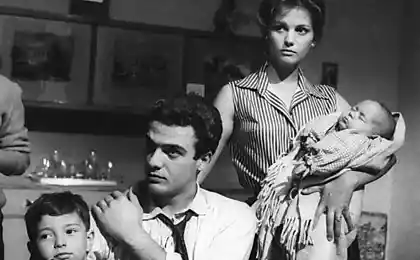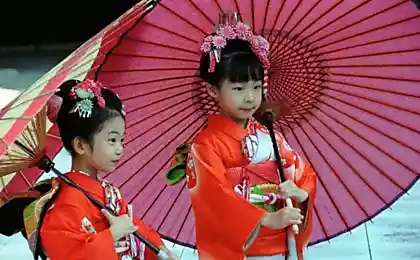655
How to teach children to schools in Japan, one of the hottest countries in the world

The Japanese have a lot of features: they educate children differently than they do in Europe. It is possible that this fact makes Japan so cool and successful country, to visit the dream of almost everything. < Website tells the unique education system, from which we could learn a lot
first manners -. Then knowledge
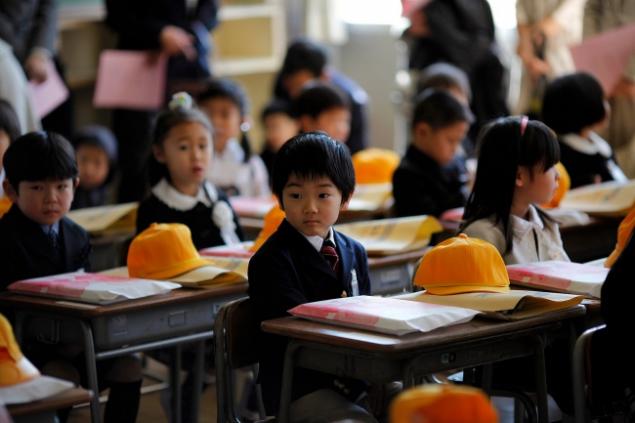
Photo source: Adme.ruYaponskie students do not pass the exams to grade 4 (when they turn 10 years old), only small independent writing. It is believed that in the first three years of academic knowledge - this is not the most important thing. The emphasis is on educating, children are taught respect for other people and animals, the generosity, the ability to empathize, the search for truth, self-control and respect for nature.
beginning of the school year falls on April 1

As in most countries, children complete their studies, the Japanese celebrate its 1 September. < beginning of the year coincides with one of the most beautiful phenomena -. Cherry blossom so they are set to a sublime and serious way. The academic year is divided into three trimesters: from 1 April to 20 July, from September 1 to December 26 and from 7 January to 25 March. Thus, the Japanese rest 6 weeks during the summer holidays and for 2 weeks in the winter and spring.
There are no cleaners Japanese schools, the boys themselves clean premises 65,485,775
Each class in turn cleans the offices, corridors and even toilets. So the boys from an early age learn to work in a team and help each other. In addition, after students have spent so much time and labor for cleaning, they probably do not want to litter. It teaches them to respect for his work, as well as the work of others and respect for the environment.
There schools only prepare standardized meals that kids eat in a class with other students
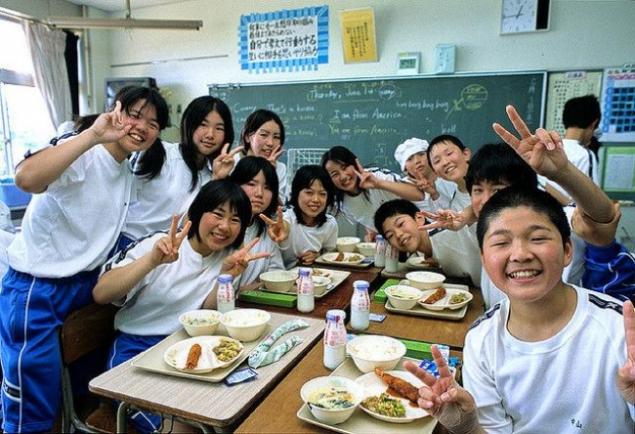
In primary and secondary education for the children prepare a special lunch menu which develop not only cook, but also health care professionals that the food was the most healthy and useful. All classmates have lunch with a teacher in the office. In this informal atmosphere they no longer communicate and build good relationships.
Enormous popularity of further education

Already in primary school children begin to go to private and preparatory schools, to get into a good middle and then high school. Classes are held in places at night and in Japan is very typical phenomenon when at 21:00 public transportation is filled with children who rush home after extra lessons. They are engaged, even on Sundays and on holidays, considering that the average school day lasts 6 to 8 hours. Not surprisingly, according to statistics in Japan are almost no repetition.
Besides the usual lessons students are taught the art of Japanese calligraphy and poetry

The principle of Japanese calligraphy, or shodou, is very simple: bamboo brush dipped in ink and smooth brush strokes paint hieroglyphs on rice paper. In Japan shodou valued not less than the usual painting. A haiku - is a national form of poetry, which concisely presents the nature and the person as a whole. Both items reflect one of the principles of Oriental aesthetics - the ratio of the simple and elegant. < Classes teach children to appreciate and respect their own culture, with its centuries-old traditions.
All students must wear uniforms

Since high school, each student is required to wear uniforms. Many schools have their own form, but traditionally for boys is clothes in a military style, and for girls - sailor. < The rule is intended to discipline the students, because the clothing itself creates a working mood. are also the same shape helps unite classmates.
Percentage of attendance at school is 99, 99% 61,126,846
< br>
It is difficult to imagine, and one man who never in his life did not truant from school, and then the whole nation. Also Japanese students almost never late to class. < A 91% of students always listen to the teacher. What other country can boast of such statistics?
Results of the final exam solve all 20,631,815
At the end of high school students write one test that decides arrive they are in high school or not. The graduate can choose only one institution, and how it will determine the size of future salary and standard of living in general. This competition is very high: 76% of graduates continue their education after high school. That is why Japan is popular expression such as "examination hell»
university years -. The best vacation in my life

It is not surprising that after years of continuous training for entry and "examination hell" Japanese want to take a little break. It turned out that he falls on his university years that are considered is the easiest and carefree life of every Japanese. A great vacation before work, to which the Japanese childhood taught to approach not only the responsibility, but also with a lot of love as a matter of his life.
via www.adme.ru/svoboda-kultura/10-osobennostej-obrazovaniya-kotorye-sdelali-yaponiyu-odnoj-iz-samyh-krutyh-stran-mira-1333815
9 incredible ways beneficial use of potatoes
This puzzle seems very simple, but it confused you go astray!
